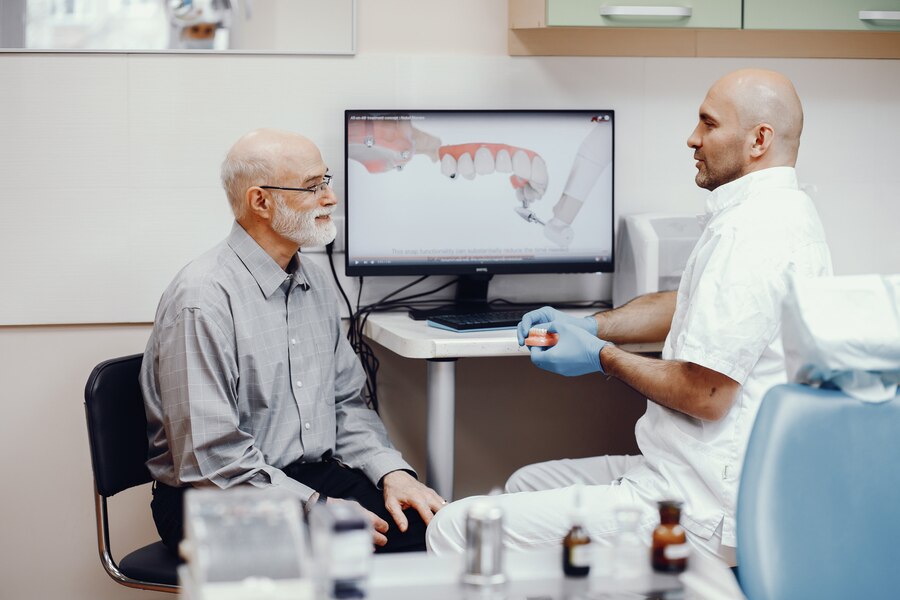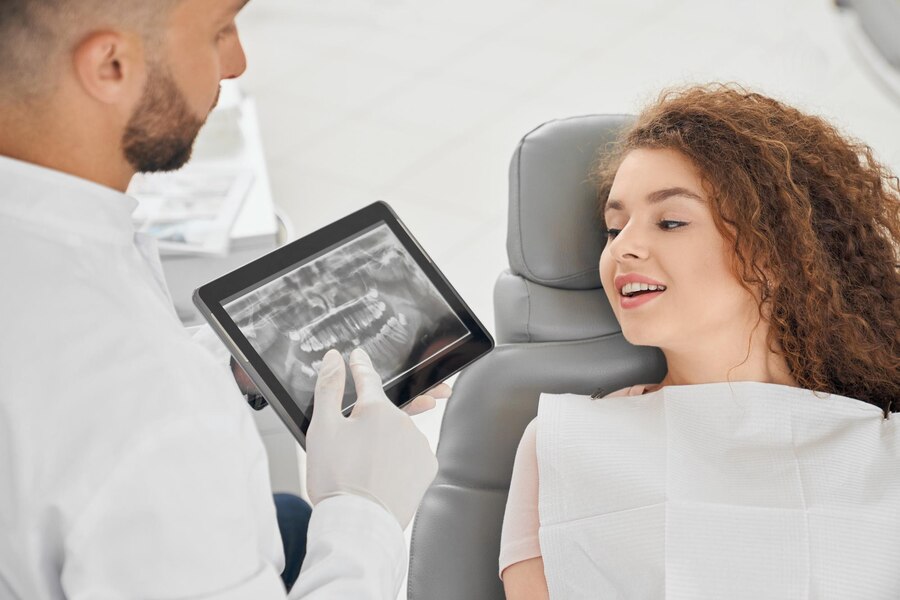The toothbrush is a fundamental tool in maintaining good oral hygiene. With an array of options available, selecting the right toothbrush might seem overwhelming. However, understanding the key factors can simplify this choice and ensure effective oral care.
Understanding Manual vs. Electric Toothbrushes
Manual toothbrushes have been the go-to choice for decades. They come in various shapes, sizes, and bristle textures, catering to individual preferences. Electric toothbrushes, on the other hand, offer automated brush movements, providing convenience and potentially more effective plaque removal.
Considerations for Selecting a Toothbrush
1. Bristle Texture.
Opt for soft or extra-soft bristles to prevent enamel erosion and gum damage. They effectively clean teeth without causing abrasion.
2. Head Size and Shape.
Choose a brush head that comfortably fits your mouth, allowing easy access to all areas, including the back molars.
3. Handle Grip.
Ensure the toothbrush handle offers a comfortable grip. A non-slip grip or ergonomic handle can enhance control and maneuverability.
4. ADA Seal of Approval.
Look for toothbrushes approved by the American Dental Association (ADA). The ADA Seal ensures the toothbrush meets safety and efficacy standards.
Electric Toothbrush Features
When opting for an electric toothbrush, consider features like multiple brushing modes, timers, pressure sensors, and interchangeable brush heads for personalized cleaning.
-
Tips for Proper Brushing Technique
Regardless of the type of toothbrush chosen, the technique used while brushing is crucial for optimal oral hygiene:
-
Hold the toothbrush at a 45-degree angle against the gumline.
-
Use gentle, circular motions to clean the outer and inner surfaces of the teeth.
-
Brush the chewing surfaces and the tongue to remove bacteria and freshen breath.
-
Brush for a minimum of two minutes, twice a day, to effectively remove plaque and debris.
Replacing Your Toothbrush
To maintain effective cleaning, replace your toothbrush (or toothbrush head, for electric brushes) approximately every three to four months or sooner if the bristles appear frayed or worn.
Selecting the right toothbrush involves considering individual preferences, oral health needs, and proper brushing techniques. Whether opting for a manual or electric toothbrush, prioritizing comfort, safety, and efficacy ensures an essential tool for maintaining a healthy smile.







